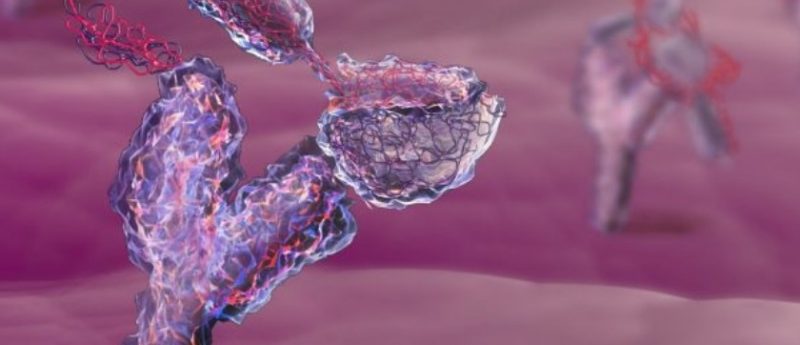Polymorphisms of the vincristine pathway and response to treatment in children with childhood acute lymphoblastic leukemia

Background: Vincristine (VCR) is a standard component in the treatment of childhood acute lymphoblastic leukemia (ALL). VCR cytotoxicity is primarily due to its ability to disrupt the formation of microtubules of the mitotic spindle. Patients & methods: Seventeen polymorphisms in regulatory and coding regions of genes controlling VCR targets (TUBB1, MAP4, ACTG1 and CAPG) or potentially influencing VCR levels (ABCB1 and CYP3A5) were investigated for an association with peripheral neuropathy and outcome in childhood ALL patients. Results: High-grade neurotoxicity was more frequent in carriers of the A allele of synonymous (Ala310) G to A (rs1135989) variation in the ACTG1 gene. Substitution (rs4728709) in the promoter of the ABCB1 gene had a protective effect against lower grade neurotoxicity and C to A variation (rs3770102) located 17 nucleotides upstream from the transcription start site had a protective effect against high-grade neurotoxicity. Patients with the ABCB1 3435TT genotype had lower event-free survival; the association with event-free survival was not supported by the analysis in the replication patient set. Conclusion: The polymorphisms in the ACTG1, CAPG and ABCB1 genes may modulate VCR-related neurotoxicity, whereas the risk of relapse seems not to be affected by the genes of the VCR pathway.
Click here to view full article.


